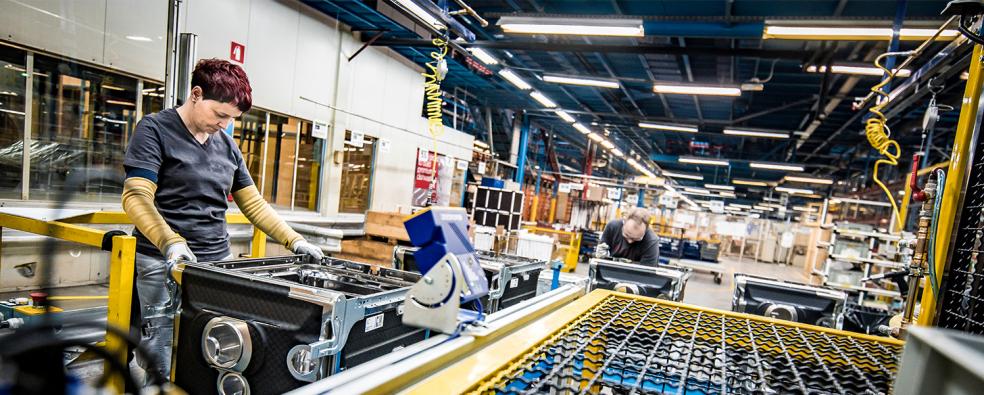It’s safe to say that we all benefit from process automation in some shape or form, whether we realize it or not. Many of the products and systems that we rely upon to feed our families, get us to and from work, and allow for a restful Sunday afternoon are made possible by process automation. More often than not, the devices that drive these processes will either be a Programmable Logic Controller (PLC) or a Remote Terminal Unit (RTU).
